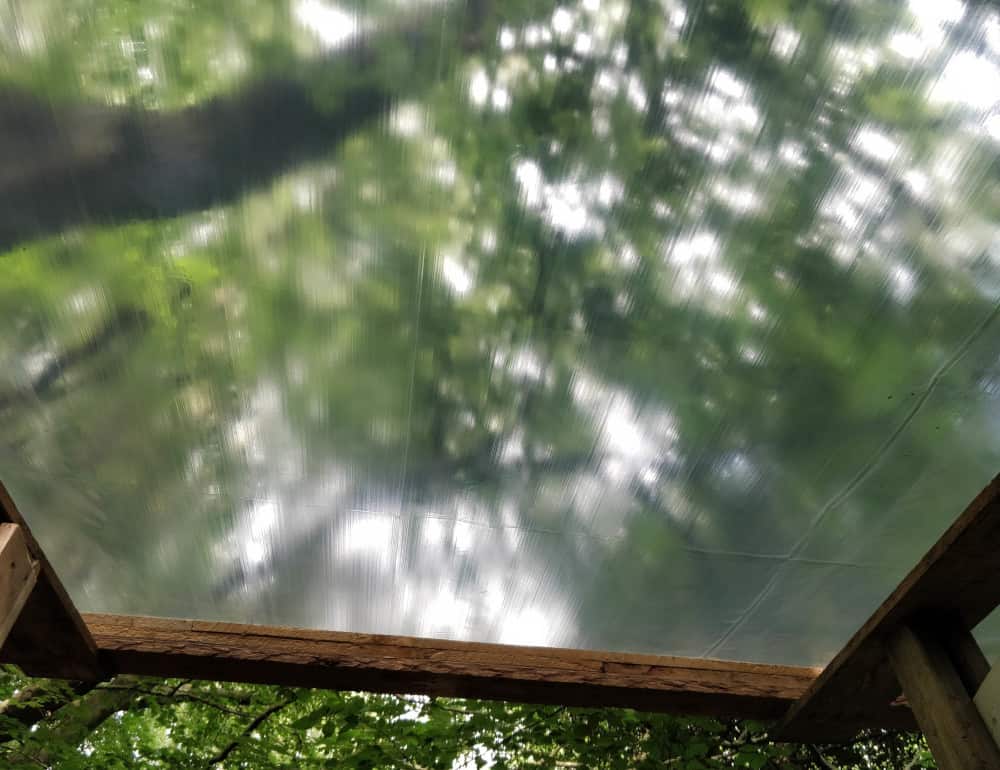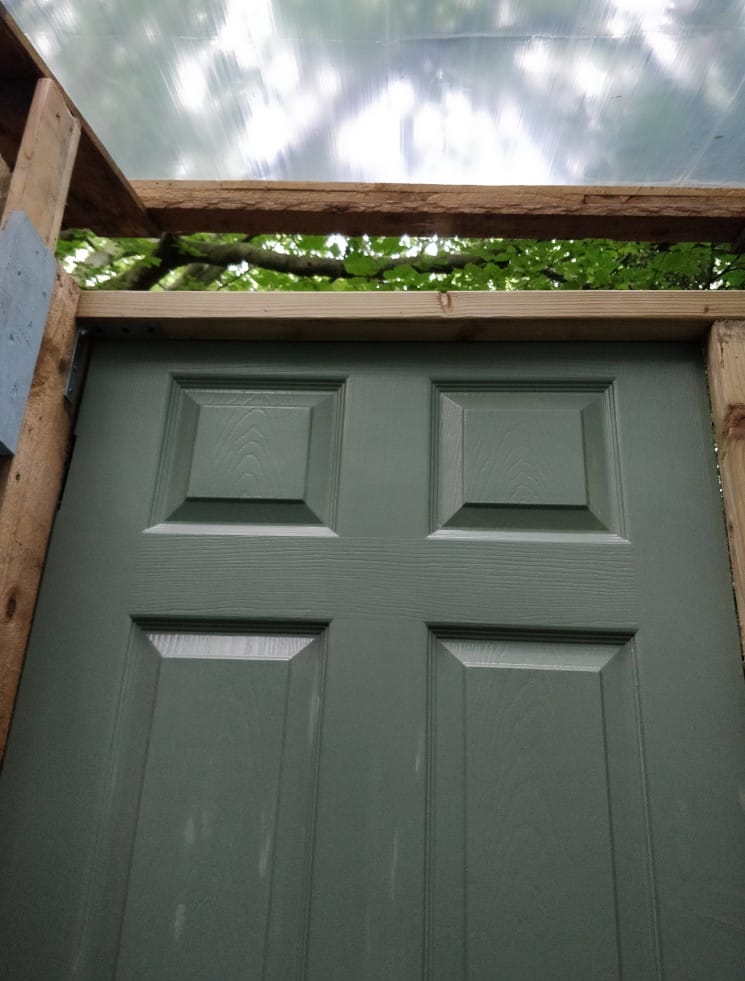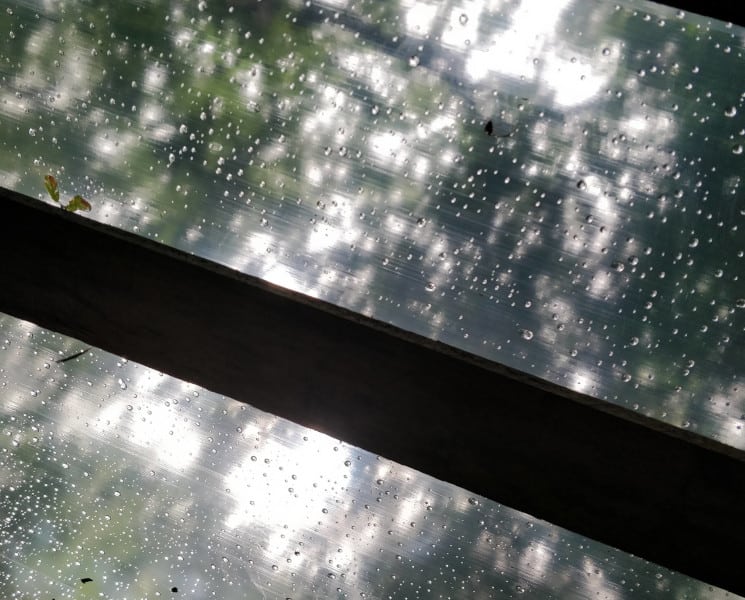Many of you following our Facebook Page will have seen this important part of the bushcraft centre coming into being, however here it is all in one place, including our thoughts on the process, the outcome, and the impact of creating our sustainable woodland compost loo.
The principle
When we took on the beautiful patch of Holmesfield Park Wood that now houses TRIBE, it because obvious fairly quickly that we needed to consider sanitation for those adults and children attending our day and residential courses. In choosing what we used for this, we had a few considerations that were really important to us: It needed to be…
- environmentally responsible, so no chemicals, no water wastage, leaving the only option as a dry, composting toilet
- in keeping with the woodland (hence the use of wood)
- pleasant and comfortable – I have yet to find anyway who likes porta-loos, and a lot of people aren’t used to compost toilets, so we needed to make it as bright an homely as possible
- easy and safe to maintain – the fabulous Humanure Handbook guides us on the set-up and maintenance based on decades of research. Pick up a hard copy here or view the older version free online.
Materials
In producing the TRIBE compost toilet block, we have made use of reclaimed materials for nearly all of the parts. Here’s a look at what it took to build it:
- ~22 pallets RECLAIMED for walls, floor, and seat-boxes
- All reusable nails RECLAIMED from the pallets
- 1 Ply door RECLAIMED for seating box top
- 2 internal doors RECLAIMED from skip for the, well, doors
- 1 sheet of bathroom worktop RECLAIMED from skip for use as the divider
- 1 wooden toilet seat RECLAIMED, sanded and refinished for one of the loo-seats
- 1 wooden toilet seat NEW
- 1 long length of FSC timber 2″x2″ for along the front NEW
- a bunch of screws NEW
- Polytunnel plastic sheet NEW (we had hoped to reclaim) for the clear roof
- 6 x 25L heavy duty buckets with lids NEW
- Bolts, latches, locks, hinges, NEW
So most of what is contained in the block is reclaimed, waste diverted from landfill and given new life. The hand washing station has been created using minimal materials and designed to avoid water wastage.
The Process
From start to finish, this project took around 1 month to complete between the two of us. All along the way we faced questions about how to make it blend in, comfortable, safe, secure, and environmentally responsible. Early on we decided that we needed to be using reclaimed materials where possible, and for the main structure, that meant pallets, particularly since they would be treated wood so would last, and would otherwise be ending up as waste. Now, pallets look like they would build this up in no time, however the reality is that they need dismantling almost entirely then rebuilding into peek-proof walls. This isn’t something for the faint-hearted, taking many, many days with crowbars and hammers to create our walls.
We built our block in-situ and designed it to be able to be dismantled and moved should that be needed in the future. The ground was levelled and firmed, floor pallets laid, walls gradually built up, doors fixed, then the final touches of the front-middle-wall and the roof built in the woodland itself and secured in place. The roof was a significant design challenge – it needed to be ~2.5m x 3m in order to have enough overhang. We were insistent that the roof were clear, allowing in plenty of light thereby minimising the need for artificial lighting and keeping visitors connected with the woodland (check out the photos of “the view from the loo” at the bottom of the post). A simple, sturdy frame using longer pallet planks as well as 3-thick laminated beams, topped with a carefully tightened/ stretched plastic cover (just like for a polytunnel) did the job and was light enough to be lifted easily onto the roof beams, where it was then secured.












Impact & Learning
We could have taken the easy route and either claimed “dig a hole like you’re in the wild”, which some prominent courses expect, or gone for an enclosed plastic porta-loo, unpleasant and environmentally dubious (like yet others)… We’re so glad that we didn’t!
Instead, we have a beautiful, welcoming, spacious, and environmentally responsible solution to on-course sanitation, one that keeps our courses accessible to anyone who can manage a short stroll into the woodland. All of our waste will be processed on-site, through a bulk hot-composting system that when managed correctly will produce very little smell, avoid contaminating our planet, and result in a rich and safe compost 1-3 years down the line, which can help support tree growth locally.
Why not join us on our courses and take advantage of our sustainable woodland compost loo, whilst learning new skills in a beautiful environment.
This post contains affiliate links. “As an Amazon Affiliate, I earn from qualifying purchases.”



